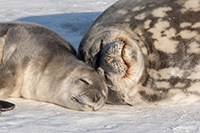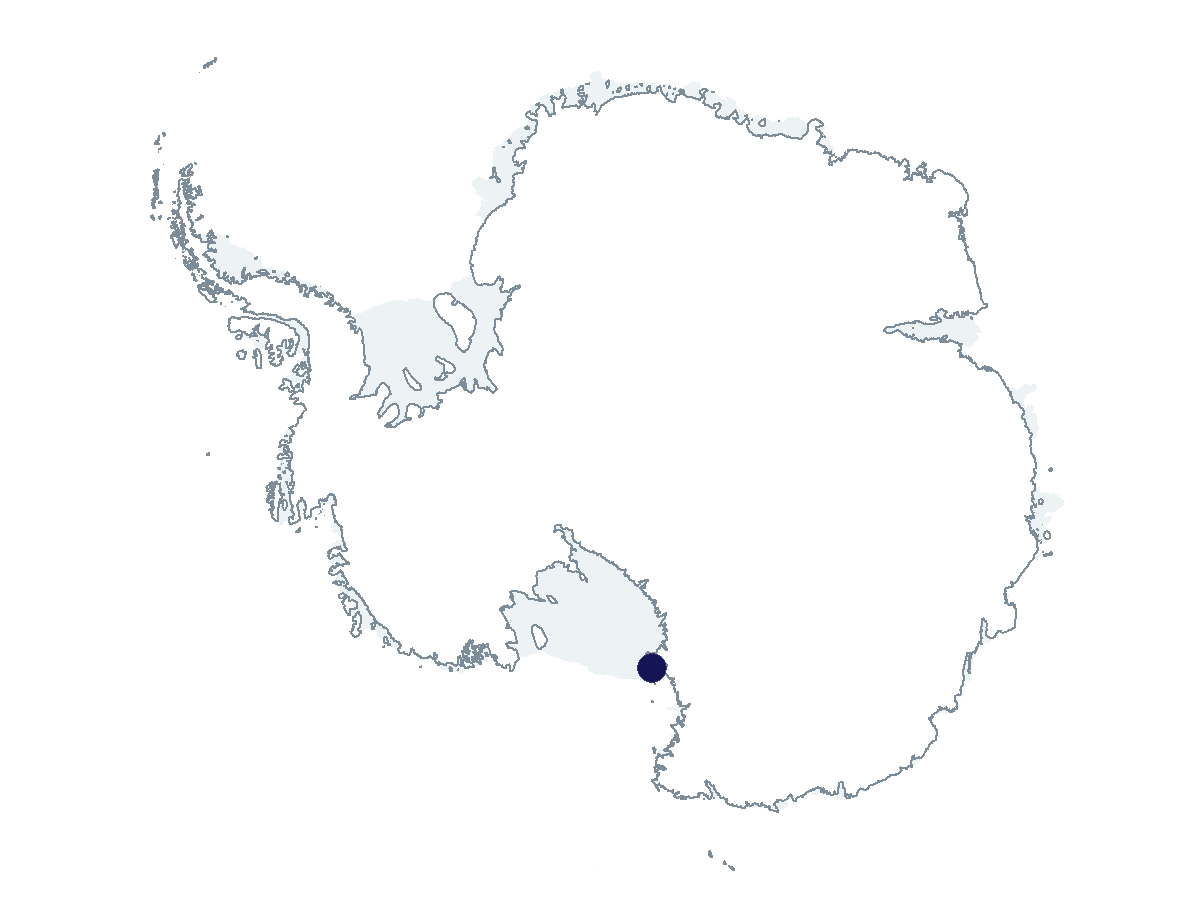2023-2024 USAP Field Season
Project Detail Project TitleCollaborative Research: The drivers and role of immigration in the dynamics of the largest population of Weddell seals in Antarctica under changing conditions Summary
Event Number:
Program Director:
ASC POC/Implementer: Principal Investigator(s)
Dr. Jay Rotella
Project Web Site: Location
Supporting Stations: McMurdo Station DescriptionThis is a continuation of a long-term study (1978-present) using an intensive mark-recapture tagging of Weddell seals in Erebus Bay to understand the population dynamics of a long-lived species. Recent results have documented strong annual variation in reproduction, abundance and population composition. The proposed work will continue population monitoring and add components to evaluate the demographic role of immigrant mothers; evaluate possible drivers of annual variation in overall population dynamics; assess genetic differences between immigrant and locally born mothers; and document patterns of gene flow among seal colonies in the Ross Sea region. These new aspects will add basic and applied approaches to improve understanding of population structure, function, and genetics, as well as provide key information for predicting how the population will respond to environmental change. Field Season OverviewSix McMurdo-based participants will deploy from early October to mid-December and will focus on all pupping colonies and haul outs across Erebus Bay from Cape Evans to Pram Point, as well as at White Island, and at select sites outside of Erebus Bay. These sites include Lewis Bay, Marble Point, Terra Nova Bay, and several other sites to be determined based on seal numbers. The team will visit each Weddell Seal colony within Erebus Bay every other day to find and tag newborn pups and associate them with their mothers (all untagged mothers will be tagged). A sample of 100-150 pups born in Erebus Bay will be weighed ~35 days after birth. We will collect tissue samples from both local and migrant mothers for subsequent genetic comparisons. The team will also conduct six to eight surveys per season throughout the Erebus Bay study area to record the identity of previously tagged individuals, tag unmarked animals, and replace broken or missing tags. They will also use helicopter support for periodic reconnaissance flights over the study area and to outlying areas such as Marble Point and Lewis Bay to search for seals, and for travel to White Island to conduct population monitoring. Deploying Team Members
|
2023-2024 Science Planning Summary



For USAP Participants |
For The Public |
For Researchers and EducatorsContact UsU.S. National Science FoundationOffice of Polar Programs Geosciences Directorate 2415 Eisenhower Avenue, Suite W7100 Alexandria, VA 22314 Sign up for the NSF Office of Polar Programs newsletter and events. Feedback Form |



